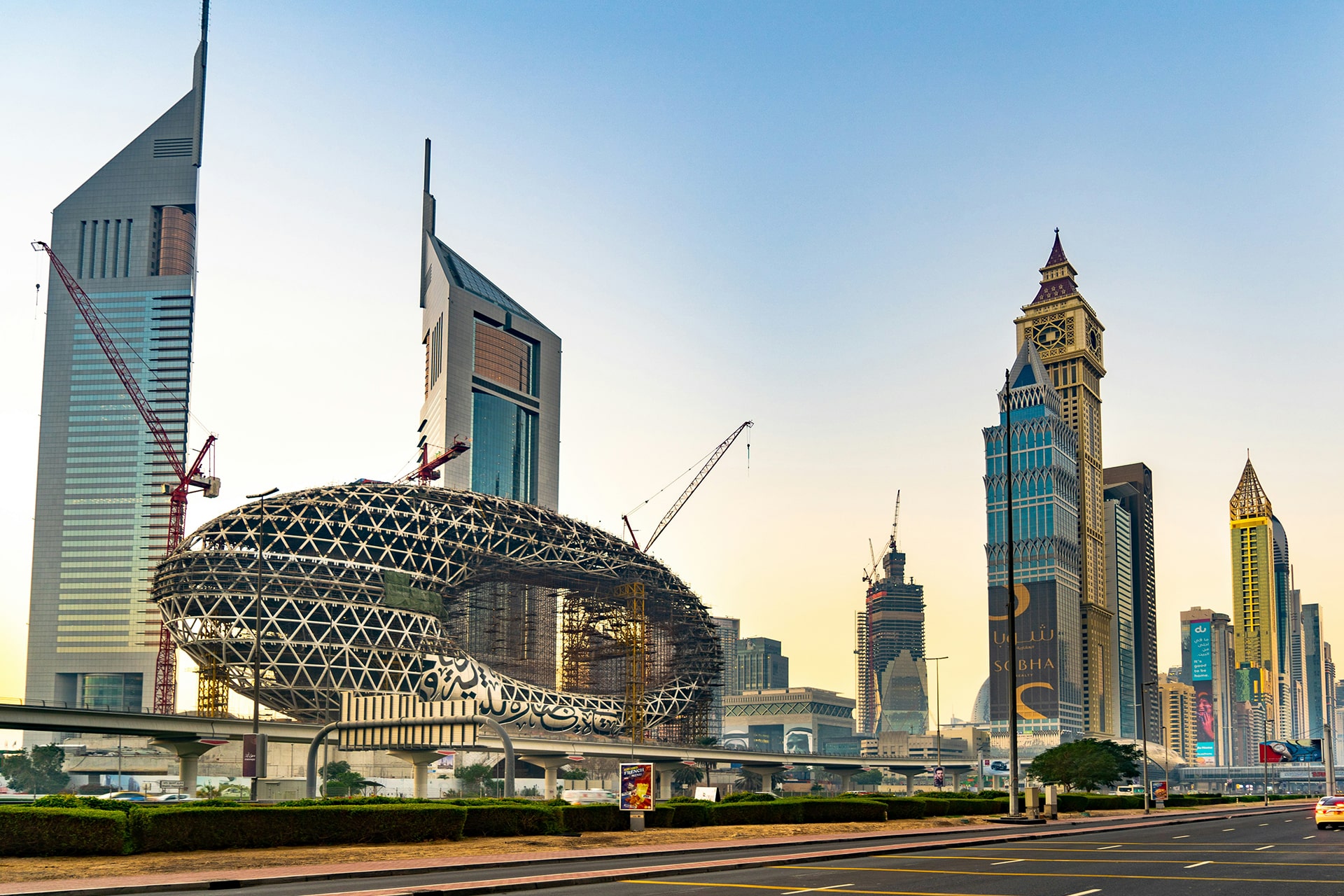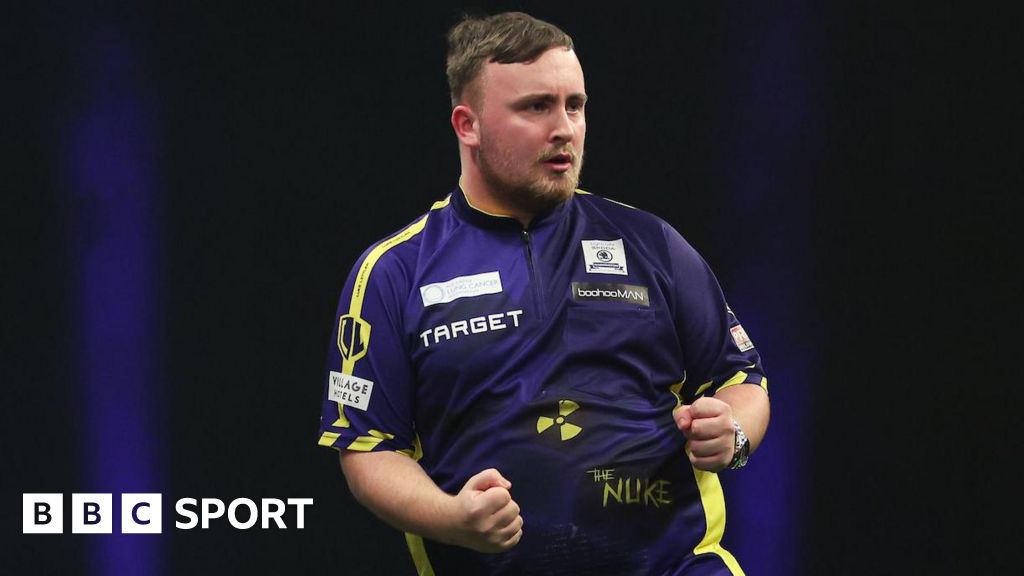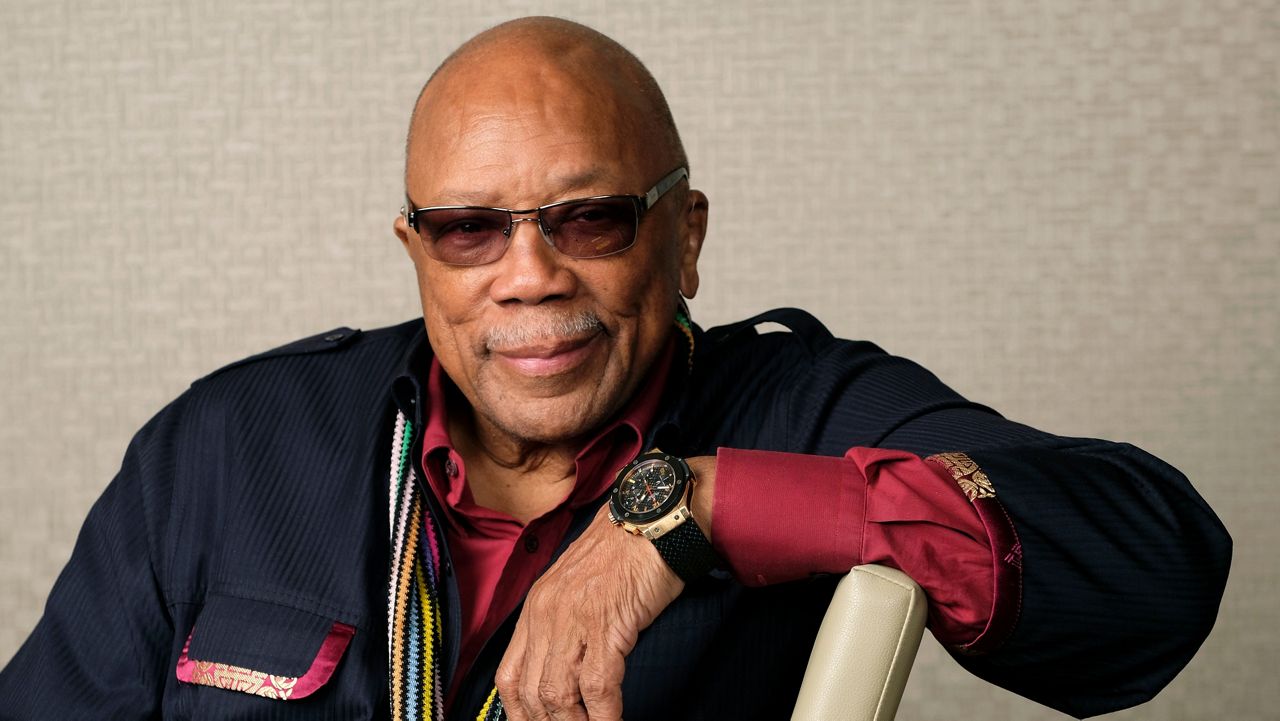Infra
Dubai’s infrastructure boom positions it as the global trade north star | KrASIA

In Dubai, the city is in the midst of an infrastructure boom. Wider roads, taller office buildings, and denser residential areas are sprouting across the landscape. But that’s only part of the story. Dubai is also upgrading Al Maktoum International Airport, which is slated to become the largest in the world, after completing the One Za’abeel tower, home to the world’s longest cantilevered sky bridge.
What’s driving this wave of development? It’s Dubai’s D33 economic plan. Announced in 2023, the initiative aims to double the city’s GDP by 2033, powered by 100 transformative projects.
However, with a population of just 3.5 million, Dubai may need more than infrastructure alone to achieve these ambitious targets. The city will require a surge in talent, businesses, and a more streamlined reexport trade system. According to Mohammed Al Kamali, COO of manufacturing and export development at the Dubai Department of Economy and Tourism, the success of D33 hinges on robust infrastructure, free trade, and business collaboration. A key objective is to double Dubai’s foreign trade volume.
Dubai’s ambitions dovetail with China, which has long been the Gulf Cooperation Council (GCC)’s largest trading partner. Even in 2023, amid global economic challenges, trade between China and the GCC, along with other emerging markets such as Africa, continued to expand.
As Dubai pivots toward economic diversification, Chinese companies are becoming a top priority. The signs are clear: in August, Dubai held its first overseas Dubai Business Forum in Beijing, and China remains the only country with three Dubai Chambers offices—located in Shanghai, Shenzhen, and Hong Kong.
Of course, establishing regional headquarters or manufacturing plants abroad isn’t a simple endeavor. Companies must consider market demand, geographic reach, labor costs, and taxes.
So, is Dubai worth it?
A strategic gateway
The Middle East and North Africa (MENA) region, a key link in China’s Belt and Road Initiative (BRI), sits at the crossroads of crucial global trade routes—one gulf, two seas, three continents, four straits, and five major bodies of water. With 550 million people spread across 22 economies, the region holds immense potential.
Dubai was among the first Gulf cities to tear down trade barriers, and its open market quickly established it as a global hub for trade and investment. Multinational corporations have since set up their Middle East headquarters here. Today, Chinese company logos are a common sight on office buildings throughout the city.
Dubai Chambers now counts over 5,100 active Chinese business members. According to Mohammad Ali Rashed Lootah, chairman and CEO of Dubai Chambers, while inquiries previously came mostly from traditional trade sectors, more companies in internet and fintech, such as Shein and Temu, are capturing significant market share in the Middle East.
In 2022, talks resumed for the China-GCC free trade agreement, signaling progress. By 2023, both parties had agreed to accelerate negotiations. Once signed, the agreement could become the world’s second largest regional cooperation pact, after the Regional Comprehensive Economic Partnership (RCEP).
Beyond stable political ties, Dubai offers fertile ground for foreign businesses. The city has abolished the need for local sponsors, allows 100% foreign ownership, and facilitates exports to major global markets with lower tax rates. Corporate taxes range from 0% to 9%, and there is no personal income tax. Capital transfers are unrestricted, and the local currency, the dirham, is pegged to the US dollar.
Moreover, Dubai’s requirements for hiring Arab nationals are lower than in neighboring countries. In sectors like banking, insurance, and telecommunications, only 15% of a company’s workforce must be Arab nationals.
The connectivity factor
Connectivity is crucial for business, as Al Kamali emphasizes. Dubai’s role as a connecting hub for airlines, companies, and entrepreneurs has created entire ecosystems over time.
Lydia Liu, head of strategic marketing at Longi Green Energy, said that Dubai’s solar industry has already built a robust ecosystem, from independent power producers (IPPs) to Chinese engineering, procurement, and construction (EPC) companies, and module manufacturers. Resource coordination is seamless.
For Longi, proximity to customers was another reason to choose Dubai. With over 400 air and sea routes, the city can reach one-third of the world’s population in four hours and two-thirds within eight. This geographic advantage enables Longi’s teams to efficiently cover more than 80 target countries in the Middle East, Africa, Central Asia, and Pakistan.
Dylan Shen, CEO of Greatkun’s Middle East operations, explained that Dubai’s concentration of businesses and people allows the company to gather valuable information and strengthen connections. The city’s accessibility helps the company better serve clients and easily visit project sites for inspections or coordination.
Leading in logistics
Geographically, Dubai is already well-positioned for multinational companies to cover the MENA market. But the city’s ambitions go beyond that.
“When we talk about business today, three things matter—cheaper, faster, and better. How can Dubai be a cheaper, faster, and better hub for goods while staying competitive? The answer lies in logistics,” said Al Kamali.
In 2021, Mohammed bin Rashid Al Maktoum, vice president and Prime Minister of the UAE, and current ruler of Dubai, approved a five-year trade development plan. This plan aims to add 200 international cities to Dubai’s trade network and increase the city’s annual trade volume to AED 2 trillion (USD 544.5 billion).
As part of this effort, Dubai has announced a USD 35 billion investment to expand Al Maktoum International Airport, making it the world’s largest civilian airport.
Right next to the airport is EZDubai, an e-commerce zone in Dubai South designed for both small and medium enterprises as well as multinational corporations. Companies in EZDubai can focus on their core business, enjoying tax exemptions and other free zone benefits, while EZDubai handles warehousing, order processing, and delivery.
Mohsen Ahmad, CEO of Dubai South’s Logistics District, explained that EZDubai’s mission is to help regional and international players expand their influence and benefit from Dubai South’s advanced infrastructure and ecosystem.
Dubai South is a massive development with six key zones: “cities” for logistics, commercial, residential, aviation, and golf, respectively, as well as a 5G smart warehouse built by Huawei and a local UAE operator.
The Logistics Corridor, a network of highways, connects Dubai South to the Jebel Ali Free Zone (JAFZA), home to the Middle East’s largest deepwater port, Jebel Ali Port. This integrated network ensures connections between sea, land, and air, cutting delivery times.
The industrial cluster formed by Dubai South, JAFZA, and the Logistics Corridor has made the area an ideal base for e-commerce and logistics companies like UPS, FedEx, DHL, Amazon, and Noon. Chinese logistics giants JD Logistics, SF International, and Yunda Express have also established branches here.
In the past, bulk goods were the primary way Chinese manufacturers entered the MENA region. Now, with these infrastructure projects, Dubai is playing an even bigger role in cross-border e-commerce.
Looking ahead, Dubai’s development strategy is always forward-thinking. As Dennis Lister, senior vice president of product and innovation at Emirates SkyCargo, said, e-commerce is the next big wave in global trade, and new capabilities will be essential to keep pace with a rapidly changing world or risk being left behind.
UAE’s path to transformation
Mohammad bin Zayed Al Nahyan, President of the UAE, once said that “[the UAE] will celebrate the last barrel of oil,” signaling the country’s commitment to accelerating its energy transition despite being one of the world’s largest oil producers and exporters. To reduce its reliance on oil, the UAE is focused on a policy of economic diversification. Dubai, with the smallest oil reserves among the emirates, is especially concentrating on non-oil sectors such as reexport trade, tourism, real estate, and finance.
In the renewable energy sector, Dubai has pledged to generate 100% of its power from clean sources by 2050. By 2030, solar panels will be mandatory on rooftops, and the Mohammed bin Rashid Al Maktoum Solar Park is set to reach a total installed capacity of 5,000 megawatts.
In the digital economy, Dubai has rolled out several initiatives, including the “Dubai Blockchain Strategy,” “Smart Dubai,” and the “Dubai Metaverse Strategy,” along with projects in robotics and automation.
In manufacturing, Saud Abu Al-Shawareb, general manager of Dubai Industrial City, noted that the UAE’s AED 300 billion (USD 81.7 billion) action plan, launched in 2021, has already generated AED 197 billion (USD 53.6 billion) in industrial output. As part of Dubai’s D33 plan, the city is focused on building a greener, more resilient industrial ecosystem, with the aim of attracting greater foreign direct investment.
The “Made in UAE” initiative also allows Chinese companies to reduce geopolitical risks and expand smoothly into global markets. Under agreements like CEPA, products assembled in the UAE can enter major markets such as India, Indonesia, Turkey, Israel, and, eventually, ASEAN countries with lower tariffs.
These initiatives are poised to drive Dubai’s economic transformation, with Chinese companies expected to play a pivotal role in this journey.
KrASIA Connection features translated and adapted content that was originally published by 36Kr. This article was written by Chang Weiqian for 36Kr.










